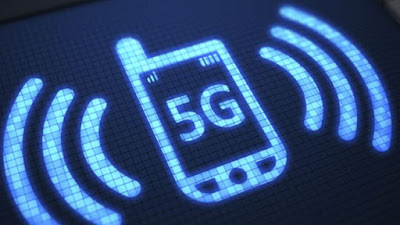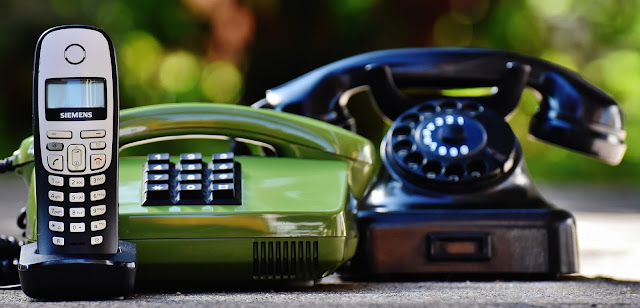5th-Generation Wireless Systems (abbreviated 5G) is the marketing term for technologies that satisfy ITU IMT-2020 requirements and 3GPP Release 15. Key features of 5G include high throughput, low hibernation, high mobility and high connection tightness. 5G will use additional spectrum in the existing LTE frequency range (600 MHz to 6 GHz) and new Millimeter wave bands (24-86 GHz), which can support data rates of up to 20 gigabits per second (Gbit/s). 5G networks are the next generation of mobile internet connectivity, offering faster speeds and more reliable connections on smartphones and other devices than ever before. In addition to improvements in speed, capacity and latency, 5G offers network management features, among them network slicing, which allows mobile operators to create multiple virtual networks within a single physical 5G network.
The networks will help power a huge rise in Internet of Things technology, providing the infrastructure needed to carry huge amounts of data, allowing for a smarter and more connected world. For example, a self driving car, would require a network slice that offers extremely blazing fast, low-latency connections so a vehicle could navigate flawlessly in real time. The internet of things (IoT) could use secure, data-only connections that are impressively fast.
With development well underway, 5G networks are expected to be deployed in phases over the next several years to accommodate the increasing reliance on mobile and internet-enabled devices. Bottom line, 5G is expected to generate a variety of new applications, uses and business cases as the technology is rolled out. It is also expected that the networks will help power a huge rise in Internet of Things technology, providing the infrastructure needed to carry huge amounts of data, allowing for a smarter and more connected world.
5G networks are expected to launch commercially by late 2018 through to early 2019 in some parts of the world and is expected to touch every part of the world by 2020, working alongside existing 3G and 4G technology to provide speedier connections that stay online no matter where you are.
Developments of 5G is being marshalled by companies including Intel and Qualcomm for modem technology and Nokia, Huawei, Ericsson, ZTE and Samsung for infrastructure. Both Nokia and Ericcson in particular have created 5G platforms aimed at mobile carriers rather than consumers. Ericsson created the first 5G platform earlier last year that claims to provide the first 5G radio system, although it has begun 5G testing in 2015.
Similarly, in early 2017, Nokia launched “5G First”, a platform aiming to provide end-to-end 5G support for mobile carriers. Also at this year’s edition of CES (2018), there were talks about the progress of 5G, what to expect and when to fully expect 5G technology.
 |
| 5G |
Advantages of 5G
- Like all the previous generations, 5G will be massively faster than its predecessor 4G.
- 5G should offer higher productivity through connections that are multitudes faster than current connections, with average download speeds of around 1GBps to the theoretical download speed of 10GBps.
- “Current 4G mobile standards have the potential to provide 100s of Mbps. 5G offers to take that into multi-gigabits per second, giving rise to the ‘Gigabit Smartphones’ and hopefully an array of innovative services and applications such as IoT devices, self driving cars, A.I (Artificial Intelligence), and robots that truly need the type of connectivity that only 5G can offer,” says Paul Gainham, senior director, SP Marketing EMEA at Juniper Networks.
- Plus, with greater bandwidth comes faster download speeds and the ability to run more complex and sophisticated mobile and desktop internet apps.
Disadvantages of 5G
5G obviously will cost more to implement and while the newest mobile phones will most likely have it integrated, other handsets or the ones with no 5G capabilities could be deemed out of date.
A reliable, wireless internet connection can depend on the number of devices connected to one channel. With the addition of 5G to the wireless spectrum, this could put us at risk of overcrowding the frequency range.
The problems with 4G and even 3G aren’t exactly filling us with the hope of an immediate super fast connection.
For a long time (and still even now) a handful of smartphones and some parts of the world don’t support or can access 4G connections, so the rollout for 5G is likely to be very patchy.
Source: zdnet, techworld, techradar
You can also share with us what you know about 5G and how you think it will affect us in future in the comments section below.



